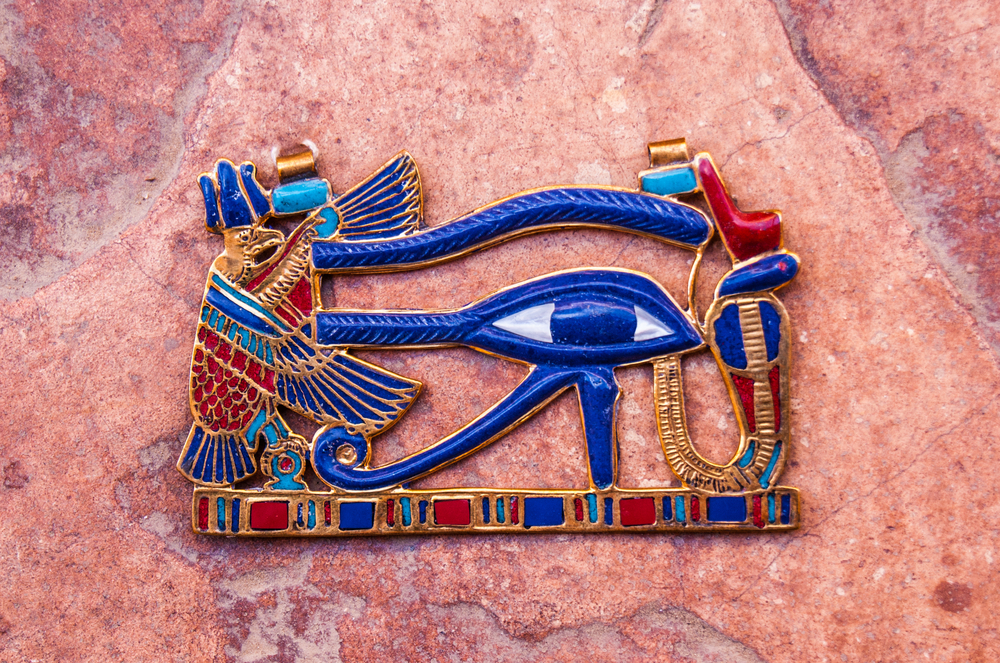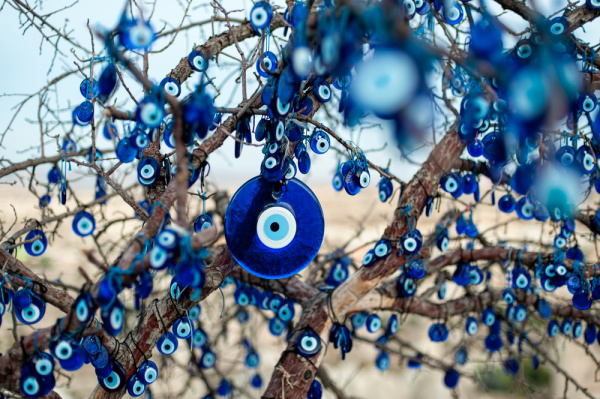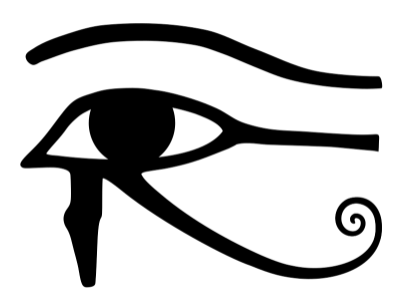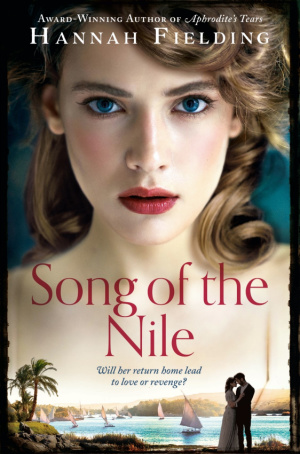Protection from evil: The Eye of Horus
Protection from evil: The Eye of Horus
Protection from evil: The Eye of Horus
-
Hannah
-
Hannah

In my novel Song of the Nile, Phares and Aida visit the Souq El Dahab, the gold market of Cairo. There, a piece of jewellery catches Aida’s eye: a gold pharaonic-shaped eye pendant with a blue bead in the centre. Though she protests at the generous gesture, Phares buys the necklace for Aida. ‘Keep it on,’ he tells her. ‘It will protect you from the evil eye.’
The evil eye is a belief that one can curse another through a malevolent look. It’s a superstition that is found in cultures all around the world, dating back thousands of years. Today, the nazar amulet is commonly used to protect against the evil eye, and it is thought that this bead, which represents a protective eye, is derived from the Eye of Horus of Ancient Egypt.

According to Ancient Egyptian mythology, after the death of Osiris, father and king of the gods, Horus and Set fought for the throne. Horus was Osiris’s son, and the god of the sky, kingship and order, and Set was Osiris’s brother, and the god of chaos, violence, deserts and storms.
During the fight, Set gouged out one of Horus’s eyes. Another god healed the eye and returned it to Horus, and he gifted it to Osiris in the hope that it would help him to be revived in the afterlife. Thus the Eye of Horus came to have great symbolism, representing wellbeing, healing and protection from evil.
All funerary offerings in Ancient Egypt were based on the myth of Horus offering his eye to the deceased Osiris, and so the Eye of Horus was an icon in funerals and in burial chambers – it was often, for example, painted on a coffin. Sailors painted the Eye on the bow of their boat for protection, and many people wore Eye of Horus amulets to ward off evil, stay healthy and enable healing.
The Eye of Horus was always depicted in the same, stylized way: the eye of a human or a falcon (the embodiment of Horus) with a teardrop. This icon is also known as the wedjat eye, and it had its own hieroglyph.

The Eye of Horus was no charm based on superstition for the Ancient Egyptians; it was deeply magical, very powerful and absolutely essential.
In Song of the Nile, then, by wearing a wedjat pendant Aida draws upon a long Egyptian tradition. And though she does not know it, there can be no harm in calling upon a god for protection, given the danger that lies ahead. For there is an evil eye looking her way…

Song of the Nile: available to buy now
Photo credits: 1) Daria Volyanskaya/Shutterstock.com; 2) Tania Zbrodko/Shutterstock.com; 3) Jeff Dahl/Wikipedia.